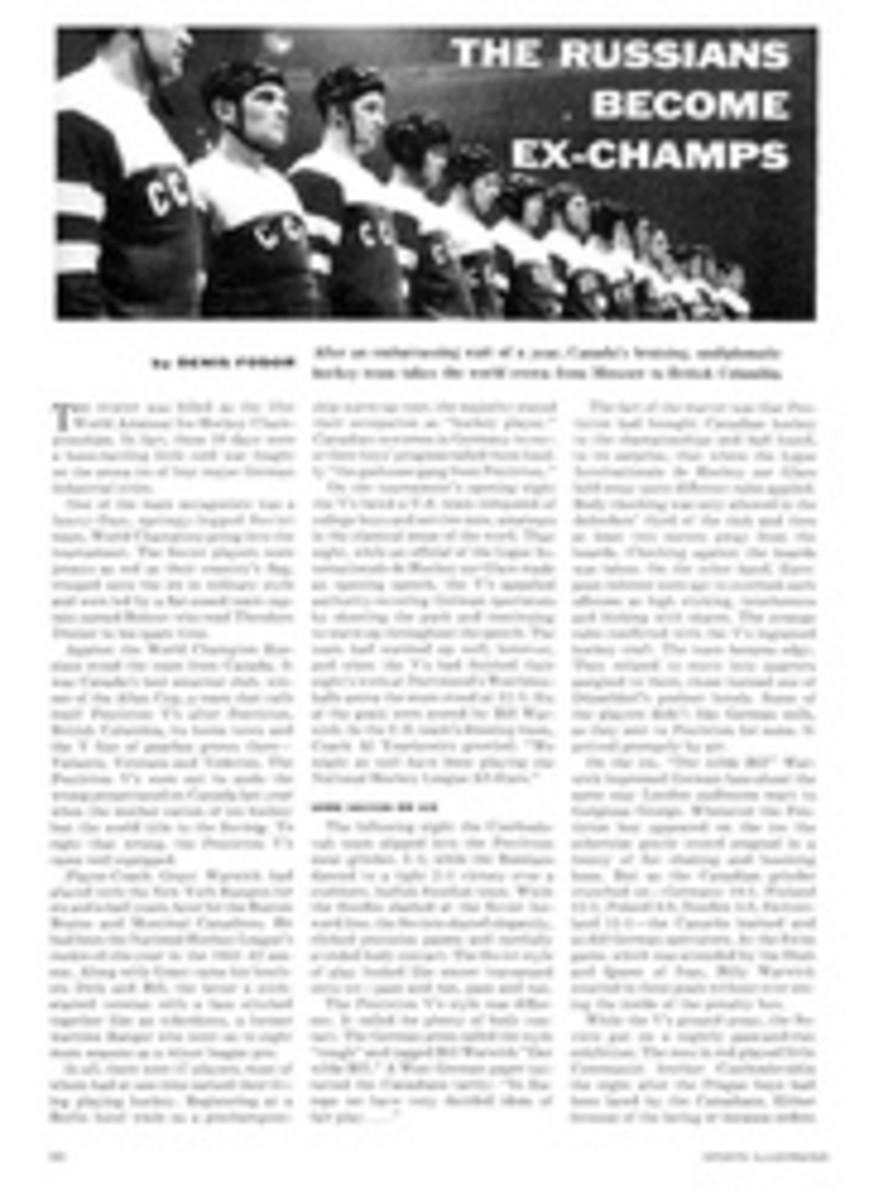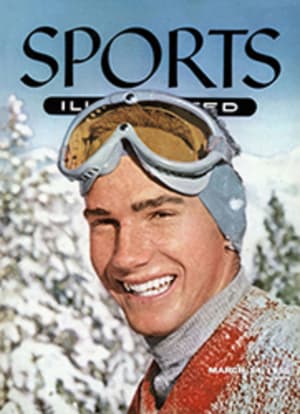
THE FIELDER'S FRIEND
One thing about sandlot ball that hasn't changed, even though the lot itself has lost all signs of sand, is the friendly custom of players swapping gloves between innings. There never was a time—and still isn't—when a pickup game had enough gloves to go around. But that's all to the good because a better way couldn't be thought up for a young ballplayer to shop around for the right mitt.
Anyone who has ever owned a glove he truly cherished knows it's not something to be picked from a catalog, like a package of garden seeds or a pair of moccasins. On the field it means just about the same thing to him that the rifle means to the Marine on patrol: the big weapon to be relied upon in the tight spot. Often, to use the big leaguer's favorite phrase for it, the glove can be the difference between the confident sandlotter and the one who is never quite sure whether that grounder won't skip between his legs. As George Kell, the past American League all-star third baseman once put it: "Regard your glove as your best friend. A good glove, well taken care of, can improve your fielding 100%."
IT'S WORTH THE WAITING
Sandlot-swapping is the way the young player gets to know the different models and how they help or hinder him in action on the field. These facts tracked down, he can pick up a sports catalog and use it to real advantage. He can check up on what his favorite model costs, then put off sinking his money in just any old glove until the time comes when he can afford the one he knows he needs. If it takes a little waiting, he knows by now that it's worth that much. Because his experience with it in action tells him it will have a lot to do with how good a fielder he'll become in the next few years.
He's got a big advantage, in terms of the glove, over the sandlotters who played out the string before the late 1930s. Because that was the time when the people who make baseball gloves finally got around to making them a whole lot more sensibly. They made many changes in the glove, all designed to help fielders field better. Up to then a good fielder on a sandlot was pretty hard to find. No wonder.
In those earlier days the player had to use a glove that was practically peanut-sized compared to the one used today. It was also lumpy with padding—so lumpy, in fact, that the first thing he did with it after buying it was to cut open the cowhide and take out as much of the padding as he figured was in the way of catching a ball. Then he styled the pocket to suit his personal feel, much in the manner of a cook making piecrust.
It's part of the world's general progress that this sort of glove is no longer with us. The fielder's friend was finally given a really thorough look in the late '30s, and with it the fielder came into a more abundant life. Not only was the glove made much larger, but it was reshaped so that its catching area was not just a skimpy pocket in dead center—it became the diagonal area (dubbed "the long axis" by its manufacturers) which extends all the way from the web down to the heel. The web itself had then been but a single strap; now it was doubled, later tripled, into the solid strip which is currently called "the tunnel web."
Next, a pocket was built into it—pre-formed by stretching the glove over a hot metal form in the factory. This metal form not only stretched the glove, but the seams as well. So today any sandlotter who blames his errors on the glove of his choice is what Ring Lardner long ago made a permanent character in baseball literature under the name of Alibi Ike.
Despite the fact that so much has been done to the glove, it still needs the tender care of a flower. You can generally tell the ballplayer who respects his glove by the way he treats it. He doesn't leave it lying around in the sun when he's through using it. He's apt to wipe it off with a cloth after he gets home so that the sweat and grime won't get rubbed into the cowhide when he oils it. And a regular oiling job—being careful not to use so much that it soaks through to the padding—is to the life of a glove what a fresh log is to the life of a campfire.
A number of oils are good for the glove, and some big leaguers even use vaseline. But the business end of the sports trade mostly favors neatsfoot oil which can be bought in small bottles under various trade names (about 25¢). When storing the glove for the winter, the makers of it think it should be oiled both inside and out, then sprinkled lightly with antiseptic powder. The three agents which do the most damage to a glove are: moisture, dirt, and a high temperature in the place where it's stored.
Finding the right glove for the particular player has nothing to do with the price tags. Nobody can really tell anybody what the right glove is, for him. A boy has to find out for himself, through the feel of it in action. And the only sure way to do that is to keep on swapping gloves between innings, deep in the heart of the sandlots.
ILLUSTRATION
FOUR ILLUSTRATIONS
TYPES OF GLOVE: INFIELDER'S (LEFT); PITCHER'S; FIRST BASEMAN'S; OUTFIELDER'S

